Egypt
Amidst water scarcity and diminishing arable land, some individuals in Egypt are transitioning to soilless farming. However, experts caution that the high initial costs and certain crop limitations may impede widespread adoption in the African nation.
Soilless agriculture, also known as hydroponics, involves cultivating plants using nutrient-rich water outside the traditional soil, typically within controlled greenhouses. Soilless substrates like sand, gravel, clay, foam, or sponge provide support for plant roots. In certain applications, fish tanks are integrated into the system to transfer nutrient-rich animal waste to plants cultivated in water.
A 2020 WWF report revealed that hydroponics utilizes only 10 percent of the resources required for traditional cultivation, contributing to reduced deforestation and minimized pesticide use.
Plug’n’Grow is among several agritech enterprises that have emerged in Egypt, promoting this form of agriculture, in recent years.
According to the UN, Egypt faces an annual water deficit and is projected to be classified as water-scarce by 2025 due to climate change and the construction of a dam by Ethiopia on a major tributary of the River Nile, Egypt’s primary source of freshwater.
Simultaneously, arable land, constituting less than 5 percent of Egypt, is diminishing due to urbanization, with the remaining 95 percent being desert.
In addition to its ecological benefits, hydroponics offers faster growth and higher yields. Egypt, being one of the world’s largest wheat importers, is particularly vulnerable to disruptions in wheat supply chains, as demonstrated by the impact of Russia's invasion of Ukraine on global shocks and heightened food insecurity.
However, Zayed contends that hydroponics cannot be effectively employed for cultivating strategic crops. He points out that, in addition to crop limitations, the high startup costs pose a significant challenge to soilless agriculture.
El Said notes that the initial capital required for a commercial hydroponic farm is nearly EGP 3.5 million (over $100,000 USD). Despite these challenges, Plug’n’Grow has facilitated the establishment of approximately 30 soilless ventures, primarily in Egypt, and some in India and Saudi Arabia.
Ahmed Makady, a client of Plug’n’Grow, acknowledges the high startup costs but emphasizes the profitability of hydroponics. After his first hydroponics venture in Upper Egypt, he has recently launched his second hydroponics farm in Al-Qalyubia.
He states, “It [hydroponics] is characterized by a quick return on investment,” citing greater profit compared to traditional agriculture. Makady explains that while traditional agriculture yields three to four tons annually per feddan (unit of area), hydroponics can produce more than 120 tons annually on half a feddan.
Indoor farming, often referred to as "controlled environment agriculture," involves different methods. Vertical farming stacks produce from floor to ceiling, usually under artificial lights, with plants growing in nutrient-enriched water. Other approaches include industrial-scale greenhouses, indoor soil beds in massive warehouses, and the use of special robots to automate parts of the farming process.





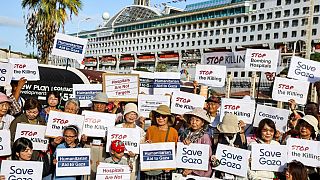
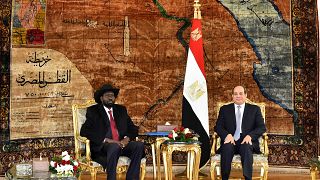
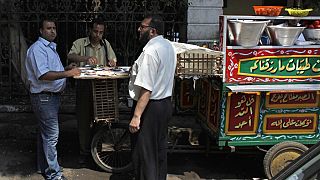
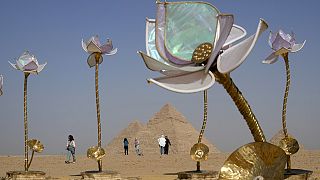

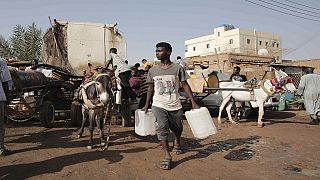

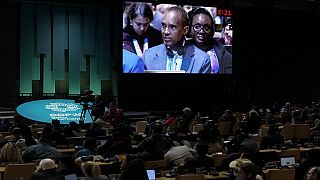
01:29
COP29: Activists make final push for a finance deal up to the challenge
01:48
Mali's former environment minister launches plan to protect forests
01:26
Zimbabwe’s Climate-Smart Agriculture: Empowering Farmers through Resilience and Innovation
01:35
COP29: What do African youth expect from the climate summit?
01:12
COP29 in Baku: High stakes and a $1 trillion question for climate finance
01:37
UN agricultural fund calls for adaptation financing for small-scale farmers